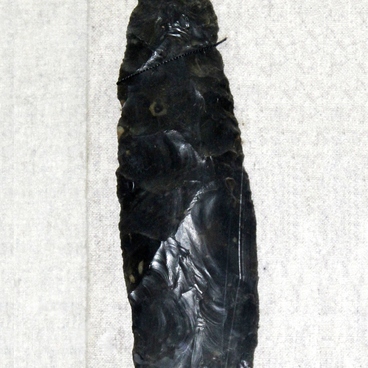In 1649, pursuant to a decree by Tsar Alexei Mikhailovich, the Boyar Council developed a Council Code: a code of state laws. It was approved the same year by the Assembly of the Land (‘Zemsky Sobor’) comprised of representatives of all social strata, from boyars to peasants.
The Council Code
Creation period
1649
Dimensions
32,5x21,5x7,4 cm
32.5х21.5х7.4 cm
32.5х21.5х7.4 cm
Technique
Wood, leather, mill paper, typographic printing, stamp printing, semi-uncial
Collection
Exhibition
2
Open in app#1
The Council Code
#3
#4
The Council Code was the first printed record of the Russian law. Before its publication, laws and decrees had usually been handwritten and had been read aloud in squares and cathedrals. Now the book could be read by any literate person. It was freely available to buy in a shop or from a peddler. However, the book was very expensive for that time period: RUB 1. In the 17th century, that amount could buy 130 kg of rye flour or a 4-year-old bull.
The Code contained several topic-specific sections: it included provisions of state, criminal, civil and family laws, law on the system of punishment. The issuers also described in detail the procedure of court holding i.e., criminal and civil legal procedures: rules of lodging a claim and summoning a defendant, a required number of witnesses, admissible proofs of guilt or innocence. The Code was effective for almost two centuries, up until 1832.
#5
The Council Code kept in the collection of the Bryansk State Regional Ethnography Museum was printed in 1649. The printshop used high-quality and expensive paper manufactured at special factories: paper mills. Hence the name of this paper grade: mill paper.
#10
The book binder
#6
The text was set up in a narrow strip, so that there was enough space in the margins for headpieces and owner’s notes. The semi-uncial font was used for printing. It was smaller than the Cyrillic uncial script that was used for writing in Russia in the 9th — 14th centuries. The semi-uncial font had smooth round letter forms and reminded a calligraphic handwritten script.
#7
When printing in a printshop, a mirror set of every page was made of separate metal characters. Then the letter board was coated with paint and a sheet of paper was pressed against it to get an impress. The main text of the Council Code was printed in black paint, while the headpieces at the beginning of each chapter and the marginal notes were printed with red vermillion ink.
#8
The book binder is made of thin wooden plates covered with leather. It is decorated with gold lettering. To protect the pages from deformation, the binder is lockable with two fasteners sewn to its edges.
#11
State budgetary cultural institution Bryansk State Regional Ethnography Museum
read morehide
00:00
00:00
1x
The Council Code
Creation period
1649
Dimensions
32,5x21,5x7,4 cm
32.5х21.5х7.4 cm
32.5х21.5х7.4 cm
Technique
Wood, leather, mill paper, typographic printing, stamp printing, semi-uncial
Collection
Exhibition
2
Open in app
Share

